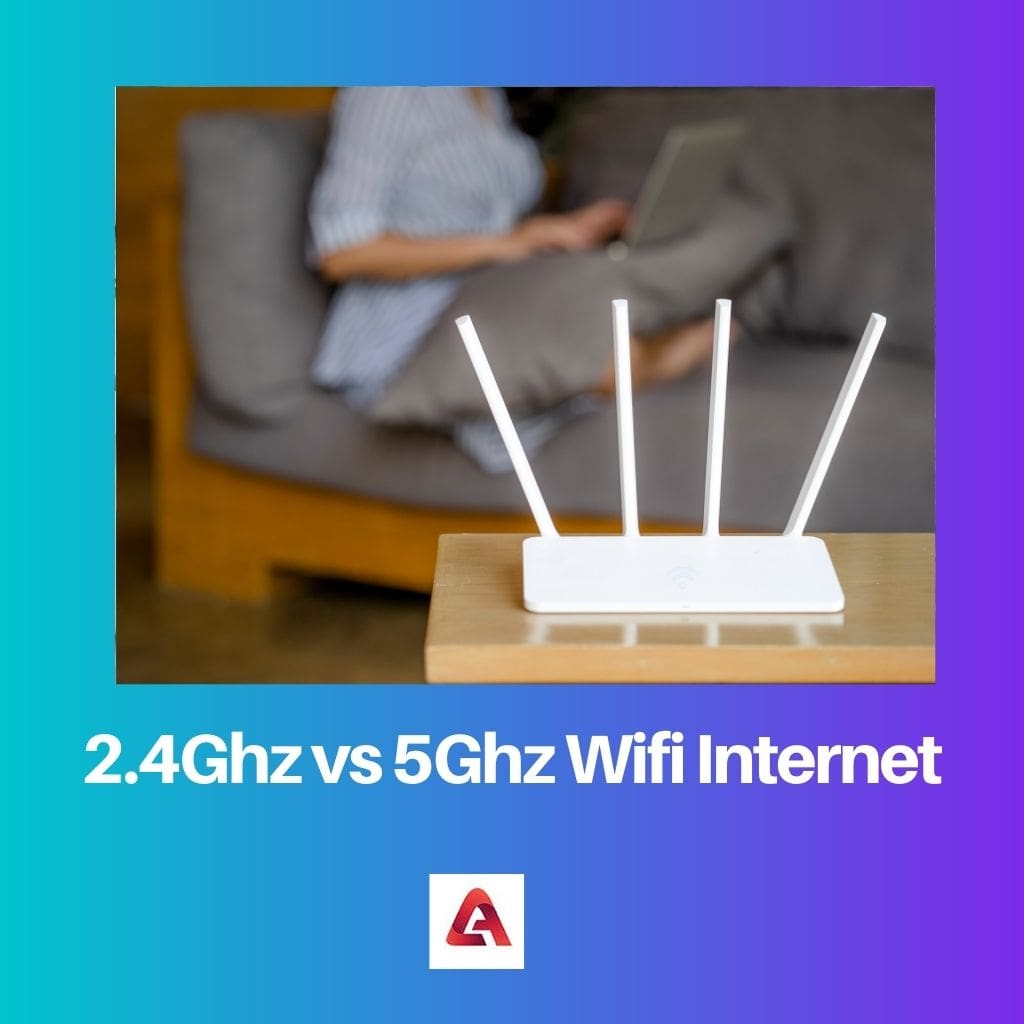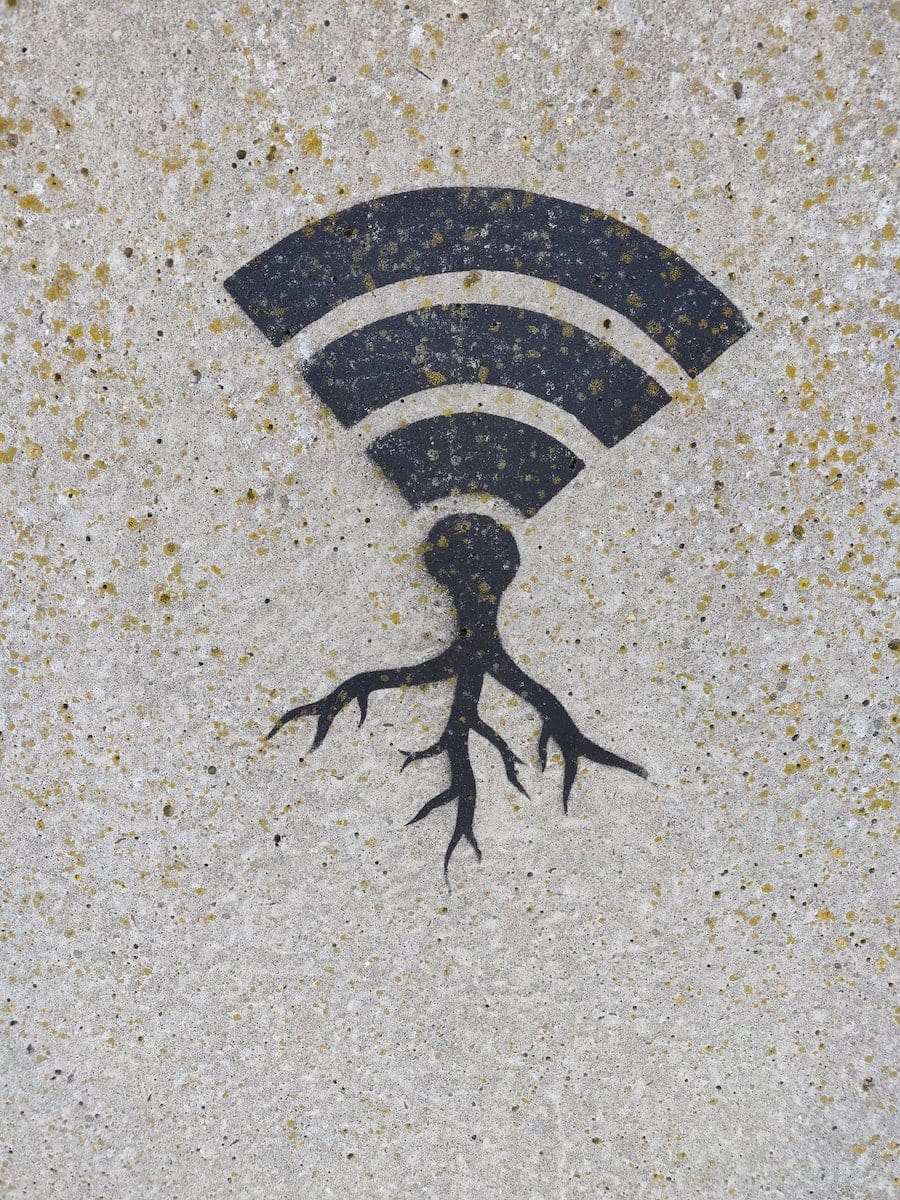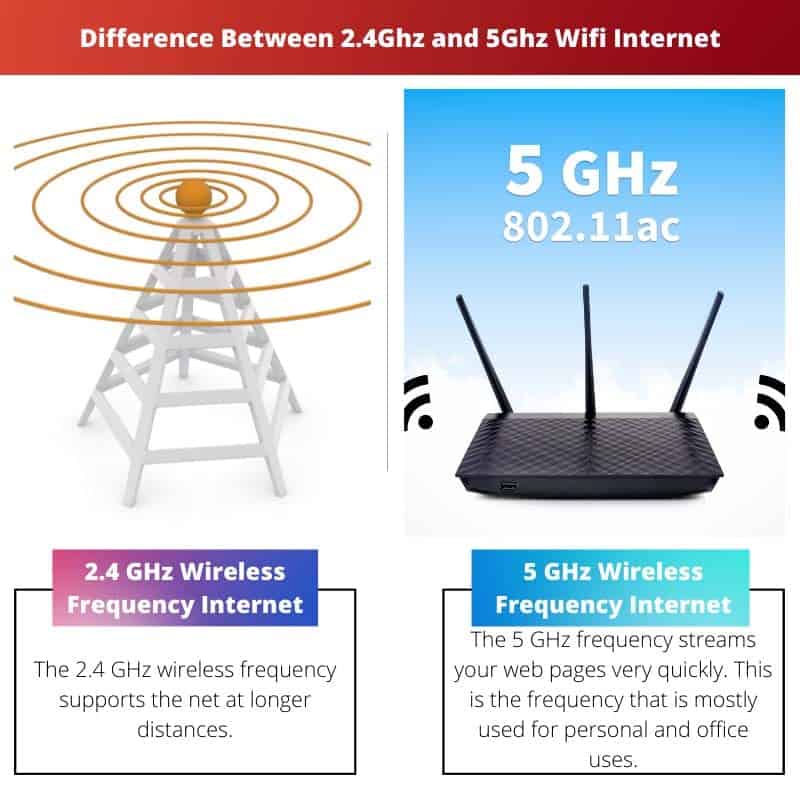2.4GHz WiFi offers wider coverage but slower speeds due to more interference and congestion from other devices. On the other hand, 5GHz WiFi provides faster speeds with less interference, but its range is limited compared to 2.4GHz. Choosing between them depends on your specific needs: 2.4GHz for better range in larger areas with moderate speed requirements, and 5GHz for faster speeds in smaller spaces with less interference.
Key Takeaways
- 2.4GHz WiFi has a longer range and is more compatible with older devices.
- 5GHz WiFi has a shorter range but provides faster speeds and is less susceptible to interference.
- 2.4GHz WiFi is better for larger spaces, while 5GHz WiFi is better for faster speeds in smaller spaces.
2.4Ghz vs 5Ghz Wifi Internet
The difference between 2.4 GHz frequency and 5 GHz frequency wireless internet is that 5 GHz frequency is faster than the 2.4 GHz frequency and provides this speed at lesser rates. Whereas 2.4 GHz frequency covers more distance than 5 GHz frequency but could be slow.

Both of these wireless frequencies are used for different purposes and needs.
For example, if we want to stream a show, we would prefer a 5 GHz frequency over a 2.4 GHz frequency speed as we require the data to load the show quickly.
Whereas if we are at a distance from the Wi-Fi modem, then we would need 2.4 GHz wireless frequency as it covers more distance.
Though both frequencies are available together in a Wi-Fi modem, our devices will only pick one at a time.
Comparison Table
| Feature | 2.4 GHz WiFi | 5 GHz WiFi |
|---|---|---|
| Frequency | Lower frequency (2.4 Gigahertz) | Higher frequency (5 Gigahertz) |
| Range | Longer range (up to 150 feet indoors, 300 feet outdoors) | Shorter range (up to 50 feet indoors, 100 feet outdoors) |
| Speed | Slower speed (up to 450 Mbps to 600 Mbps) | Faster speed (up to 1.3 Gbps) |
| Walls and Obstacles | Better penetration through walls and obstacles | Lower penetration through walls and obstacles |
| Congestion | More susceptible to congestion from other devices using the same frequency (e.g., Bluetooth, cordless phones) | Less susceptible to congestion due to more available channels |
| Ideal Uses | Browsing the web, checking email, basic internet usage | Streaming video, gaming, video conferencing, large file downloads |
What is 2.4 GHz Wireless Frequency Internet?
2.4GHz WiFi refers to the frequency band at which wireless networking operates. It’s one of the two most common frequencies used for wireless communication, with the other being 5GHz. The 2.4GHz band is part of the industrial, scientific, and medical (ISM) radio bands reserved internationally for unlicensed use.
How does 2.4GHz WiFi work?
Wireless devices such as routers and smartphones use radio waves to communicate with each other. The 2.4GHz band provides a wider coverage area compared to higher frequency bands like 5GHz. It achieves this by using longer wavelengths, which can penetrate solid objects more effectively. However, this wider coverage comes at the cost of potentially slower speeds due to increased interference and congestion.
Advantages of 2.4GHz WiFi
- Wider Coverage: The longer wavelengths used in the 2.4GHz band allow signals to travel farther and penetrate through walls and obstacles more effectively, making it suitable for larger areas.
- Compatibility: Many older devices and IoT (Internet of Things) devices operate only on the 2.4GHz band, ensuring compatibility with a wide range of devices.
- Interference Mitigation: While the 2.4GHz band is more susceptible to interference from other electronic devices like microwave ovens and cordless phones, modern routers come equipped with technologies to mitigate interference, ensuring stable connectivity.
Disadvantages of 2.4GHz WiFi
- Slower Speeds: Due to the widespread use of the 2.4GHz band and its narrower channels, it’s more prone to congestion and interference, leading to potentially slower data transfer rates compared to higher frequency bands like 5GHz.
- Limited Channel Availability: With only three non-overlapping channels available in most regions, the 2.4GHz band can become crowded quickly in densely populated areas, resulting in degraded performance.
- Susceptibility to Interference: Common household devices such as microwave ovens, Bluetooth devices, and cordless phones operate in the same frequency range as 2.4GHz WiFi, leading to interference issues that can degrade signal quality and reliability.

What is 5 GHz wireless frequency internet?
5GHz WiFi refers to the frequency band at which wireless networking operates, specifically in the 5 gigahertz range. It’s one of the two primary frequency bands used for wireless communication, the other being 2.4GHz. The 5GHz band is less congested than the 2.4GHz band, offering higher speeds and less interference in exchange for shorter range.
How does 5GHz WiFi work?
Similar to 2.4GHz WiFi, devices such as routers and smartphones use radio waves to transmit data wirelessly. The 5GHz band provides faster data transfer speeds due to its higher frequency and wider available channel bandwidth. However, its shorter wavelength makes it more susceptible to attenuation and interference from physical obstacles.
Advantages of 5GHz WiFi
- Higher Speeds: The wider channel bandwidth available in the 5GHz band allows for faster data transfer rates compared to the 2.4GHz band, making it ideal for applications requiring high bandwidth such as streaming HD video and online gaming.
- Less Interference: With more available channels and less congestion compared to the 2.4GHz band, 5GHz WiFi experiences less interference from neighboring networks and other electronic devices operating in the same frequency range.
- Improved Performance in Dense Environments: In densely populated areas where multiple WiFi networks overlap, 5GHz WiFi can provide better performance and reliability due to its ability to operate on non-overlapping channels.
Disadvantages of 5GHz WiFi
- Shorter Range: The higher frequency of 5GHz WiFi results in shorter wavelengths that are more easily absorbed by walls, furniture, and other obstacles, limiting its effective range compared to 2.4GHz WiFi.
- Reduced Penetration: 5GHz signals have more difficulty penetrating solid objects compared to lower frequency signals, which can lead to decreased coverage and reliability, particularly in larger buildings or homes with thick walls.
- Compatibility: Some older devices may not support 5GHz WiFi, limiting their ability to connect to networks operating exclusively in this frequency band.

Main Differences Between 2.4Ghz vs 5Ghz Wifi Internet
- Frequency Band:
- 2.4GHz operates on the lower frequency band, while 5GHz operates on a higher frequency band.
- Speed:
- 5GHz offers faster data transfer speeds compared to 2.4GHz due to wider channel bandwidth.
- Coverage:
- 2.4GHz provides better coverage over longer distances and through obstacles due to its lower frequency and longer wavelengths.
- 5GHz has shorter range and may experience more attenuation through walls and obstacles.
- Interference:
- 2.4GHz is more prone to interference from other devices such as microwaves, Bluetooth devices, and cordless phones.
- 5GHz experiences less interference and congestion due to its wider available channels and less crowded frequency spectrum.
- Device Compatibility:
- 2.4GHz is compatible with a wider range of devices, including older devices and IoT devices.
- 5GHz may not be supported by some older devices, limiting their connectivity options.
- Ideal Use Cases:
- 2.4GHz is suitable for applications requiring wider coverage and compatibility, such as IoT devices and older devices.
- 5GHz is ideal for high-bandwidth applications such as streaming HD video, online gaming, and in densely populated areas where interference is a concern.





